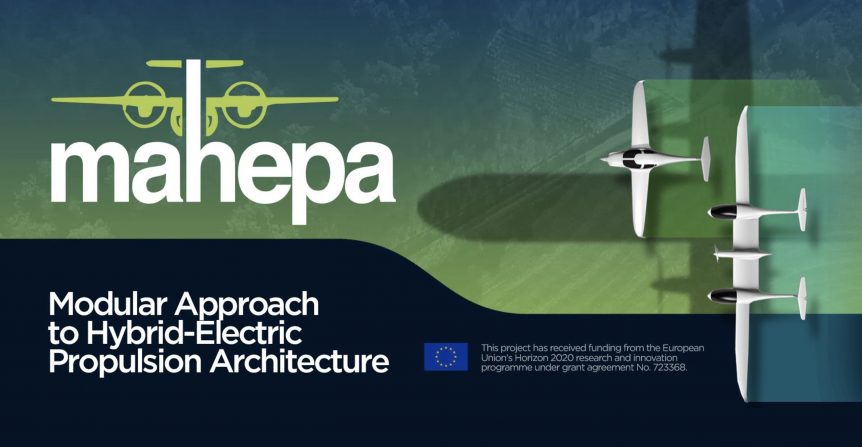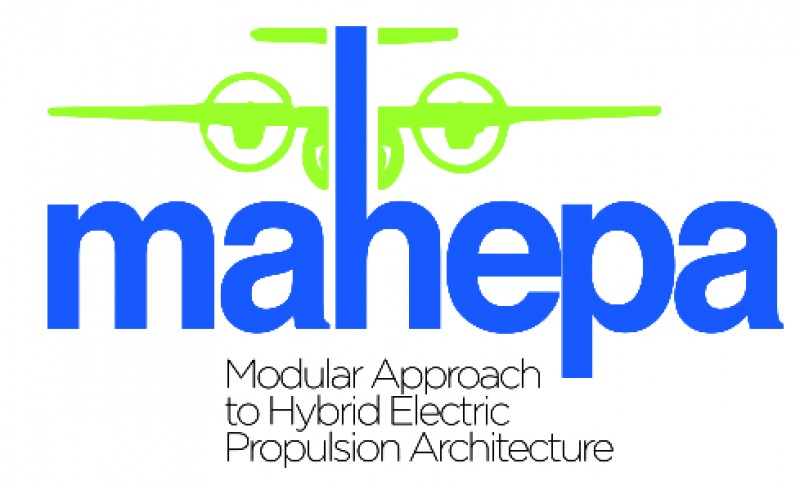MAHEPA (Modular Aproach to Hybrid-Electric Propulsion Architecture) is a European Union project to build emission-free aircraft. A public flight of Pipistrel’s HY4 hydrogen-powered, four-seat aircraft was the latest demonstration of the group’s progress. Challenging Objectives Overall, MAHEPA hopes to accomplish five objectives: Advancing the fuel-driven serial hybrid-electric Powertrain which uses a lightweight internal combustion engine (ICE), capable of running multiple fuels as the power generation module. Advancing the reliability of zero-emission serial hybrid-electric powertrain which uses a Proton Exchange Membrane (PEM) Hydrogen Fuel Cell (FC) as the power generation module. Advancing new airborne qualified, lightweight, high-power density components such as a 200 kW+ electric motor, a 100 kW+ generator and improved power electronics using Silicon Carbide (SiC) technology to increase efficiency of power transmission due to decreased switching losses. Developing “common building blocks” solutions also for different aircraft configurations, enabling the proliferation of powertrain modules between various aircraft. Gathering, analyzing and comparing in-flight performance and emission data in order to …
MAHEPA, Modularizing the Approach to Clean Flight
Pipistrel, itself flying pure electric and hybrid aircraft, has announced its participation in MAHEPA, a Modular Approach to Hybrid-Electric Propulsion Architecture. MAHEPA aims to,” reduce the gap between research and the production of low-emission propulsion technologies that would enable the achievement of environmental objectives in the field of aviation by 2050.” Mahepa’s first meeting, held May 15 and 16 at Pipistrel’s headquarters at Ajdovscina (Slovenia), helped define the direction for a major academic/industry project. Led by the aircraft manufacturer, in cooperation with Compact Dynamics, DLR (Germany’s equivalent of NASA), the University of Ulm, H2Fly, Politecnico di Milano, TU Delft and University of Maribor, project goals are impressive. – “To boost research in the field of low emission propulsion technology to open up possibilities for series production of greener airplanes in order to support European environmental goals in aviation.” This will result in “novel, modular and scalable hybrid-electric powertrains capable of running on alternative fuels or on hydrogen with zero emissions.” …
EAS VIII: Pipistrel’s Certifiable Hybrid Aircraft
No hype, Pipistrel’s Hypstair (hipster) was introduced by Tine Tomazic and Gregor Veble at this year’s Electric Aircraft Symposium. The attempt to bring the world’s first certified hybrid aircraft to market is a joint venture by Pipistrel with partners Siemens, the University of Maribor, the University of Pisa and MB Vision, a specialist in providing visual information. Siemens, as might be imagined, is providing an “ultra-light weight integrated drive train” for the aircraft,” Slovenia’s University of Maribor the HIL (hardware in the loop) evaluation for electric motor control testing and dynamic emulation of mechanical loads, Italy’s University of Pisa for evaluation of hybrid technology advantages, and MB Vision for development and integration of the aircraft’s interior and human machine interfaces that will make the information presented to the pilot ideally selected and intuitively perceived. Far removed from the days when homebuilt aircraft advocates drew a chalk outline of the steel tubing they would weld together on the garage floor, the …


